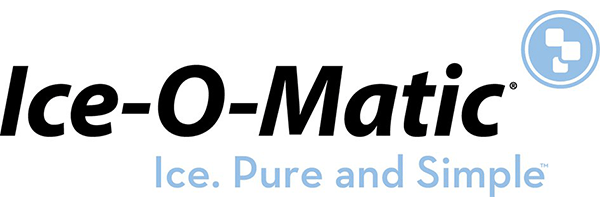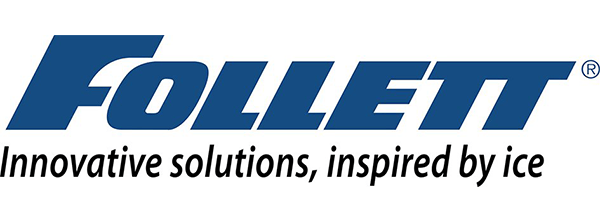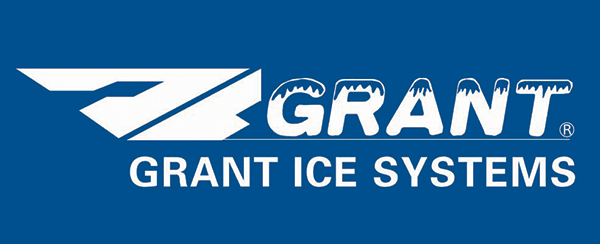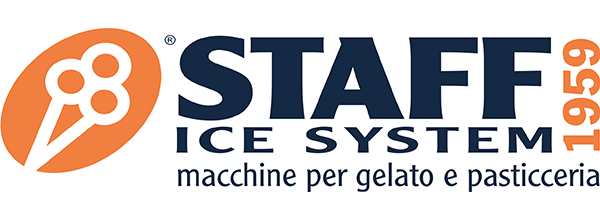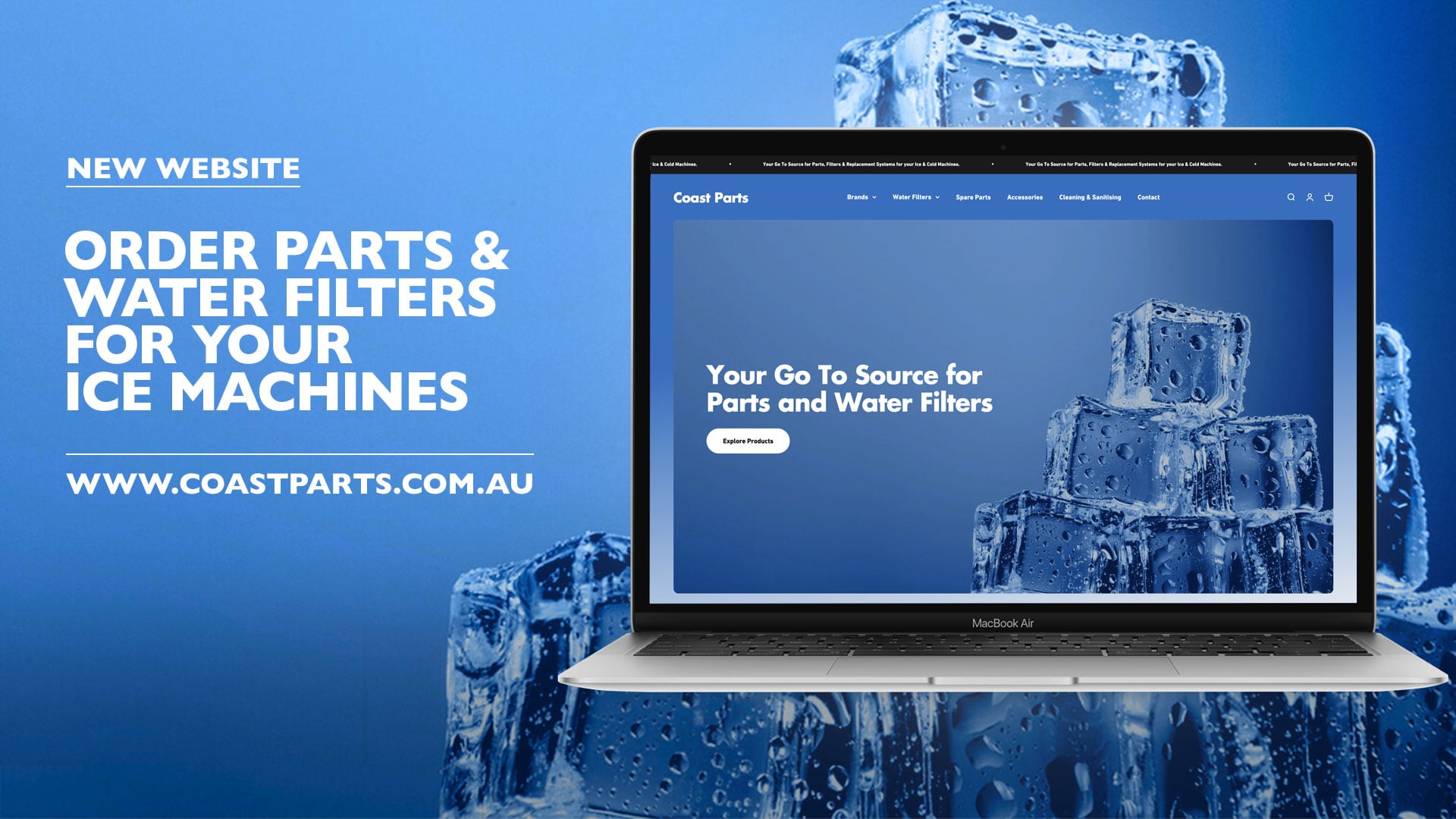Water Filter Requirements for Ice Machines: Managing Hard Water in Australian Regional Areas
The Coast Team on 12th Jun 2025
Ask any ice machine technician about their worst service calls, and they'll likely mention regional properties with untreated hard water. We're talking about machines so scaled up you can barely recognise the components underneath. The frustrating part? This damage is entirely preventable with proper filtration.
If you're running ice machines in regional Australia, understanding filtration requirements isn't just technical knowledge – it's financial survival.
The Hard Water Reality in Regional Australia
Hard water isn't just an inconvenience in regional areas – it's an equipment killer. We're talking about water with dissolved minerals exceeding 120 parts per million of calcium carbonate, though many regional water supplies push well beyond 180 mg/L. These aren't arbitrary numbers. They're the difference between ice machines lasting a decade or dying in three years.
In regional Australia, water sources often pull from bore systems and aquifers rich in calcium and magnesium. Unlike metropolitan tap water that undergoes extensive treatment, regional water supply systems may have limited processing, leaving high mineral content intact. Laboratory tests consistently show levels that create significant challenges for commercial equipment.
When hardness exceeds 180 mg/L (measured as calcium carbonate), you're not just facing maintenance issues – you're looking at accelerated equipment failure. The water quality in your area directly impacts how aggressively you need to approach filtration selection.
Important warranty consideration: Major ice machine manufacturers including Ice-O-Matic, Follett, and Grant now require proof of adequate filtration to honour warranties. Operating in hard water areas without proper treatment can void your coverage – an expensive lesson too many operators learn after the fact. Check your ice machine documentation to understand manufacturing requirements.
The science is straightforward but brutal. Those dissolved minerals don't disappear when water freezes. They precipitate out, forming rock-hard deposits on every surface they touch. Heating elements, pumps, tubing – nothing escapes. And here's the kicker: the damage compounds. Scale acts as an insulator, forcing machines to work harder, use more energy, and ultimately fail faster.
What Scale Does to Your Ice Machine
Let's talk about what's actually happening inside your machine. Scale formation isn't just coating surfaces – it's fundamentally altering how your equipment operates.
Heat Transfer and Production Impact
Heat transfer efficiency drops first. That precisely engineered evaporator plate? Once scale builds up, it can't transfer cold efficiently. We've seen machines where ice production dropped 30% in the first year of operation. This happens whether you're running an Ice-O-Matic CIM series modular unit or a compact Follett 7 Series dispenser – scale doesn't discriminate.
Watch for these specific warning signs:
- Ice cube bridging (formations freezing together in unusual patterns)
- Harvest cycles extending beyond normal times
- Incomplete cube formation or hollow structures
- White, chalky residue on surfaces
- Unusual noises during freeze or harvest cycles
Water flow becomes restricted as deposits narrow distribution tubes and jets. Those perfectly formed ice cubes become increasingly irregular. Some sections stop producing altogether. The pump motor works harder to push through narrowing passages until the pump inevitably burns out.
But the real damage often goes unnoticed until it's too late. Persistent scale leads to corrosion under deposits, eating away at metal components. By the time you notice decreased production or unusual noises, internal damage is often extensive and expensive to repair.
The Hidden Costs of Ignoring Water Quality
Running an ice machine on untreated hard water is like driving without oil changes – it works until it catastrophically doesn't. The financial impact extends far beyond repair bills.
Energy consumption increases as scaled-up machines struggle to maintain production. A machine fighting through moderate to heavy scale uses 20-30% more electricity than one running on properly filtered water. In commercial operations running 24/7, that translates to thousands in unnecessary utility costs.
Cost comparison reality check:
- Quality filtration system: $800-2,000 initial investment
- Annual replacement cartridges: $300-600
- Average cost of scale-related compressor failure: $3,500-5,000
- Full evaporator replacement: $2,500-4,000
- Lost revenue during equipment downtime: Immeasurable
There's the quality issue too. Hard water doesn't just damage machines – it affects the final drink quality. Off-taste beverages might not seem like a crisis until customers start complaining. For establishments serving premium drinks, including coffee, poor water quality undermines everything else you're doing right. Even the best coffee beans can't overcome water with excessive mineral content or unpleasant taste characteristics.
Essential Filtration Specifications for Hard Water
Not all filtration products are created equal, especially when dealing with Australian hard water conditions. Understanding specifications isn't just technical knowledge – it's protection for your investment.
Micron Ratings and Particle Removal
Effective systems need to remove particles between 1 to 5 microns. The Coast CD10B system, for instance, operates at 5 micron nominal rating – ideal for Ice-O-Matic's UCG series gourmet ice makers. This isn't just about visible sediment removal – it's about catching the fine particles that act as nucleation sites for scale formation.
Look for NSF certification. NSF Standard 42 covers reduction and particulate removal. NSF Standard 53 addresses health-related contaminants. For scale control, look for products tested to NSF Standard 60. These certifications ensure the system performs as claimed and won't introduce health contaminants.
Choosing the Right Filtration Media
Basic sediment removal won't address dissolved minerals. You need specialized media designed for scale prevention:
- Activated carbon removes chlorine and improves taste and odor control
- Phosphate media binds calcium and magnesium ions
- Ion exchange resins actively remove hardness minerals
- Template-assisted crystallisation (TAC) converts dissolved minerals into microscopic crystals that won't stick to surfaces
Coast's CD20B High Capacity System combines triple action filtration – perfect for larger Ice-O-Matic CIM series machines or Grant FF flake ice makers. For operations with extreme hard water, the CD250B cartridge includes KDF media for enhanced mineral control. Browse complete filtration solutions at coastparts.com.au.
System capacity must match usage. A unit rated for 20,000 litres might sound adequate, but commercial ice machines can process 1,000+ litres daily. In hard water conditions, actual capacity often falls short of laboratory ratings. Always size your system based on specific water quality test results and usage patterns.
Water Quality Testing and Pressure Considerations
You can't fight what you don't measure. Professional water quality testing should be your starting point, not an afterthought.
Critical tests include:
- Total Dissolved Solids (TDS) using a quality meter
- Hardness levels (calcium and magnesium content)
- pH levels
- Chlorine content
- Iron and manganese (common in bore water)
Testing frequency recommendations:
- Initial comprehensive test before equipment installation
- Quarterly testing in the first year to establish patterns
- Bi-annual testing once baseline is established
- Immediate testing if quality changes
Ice machines are surprisingly sensitive to pressure, typically requiring 40-60 psi for optimal operation. Here's what many operators learn the hard way: every filtration system creates pressure drop. It's physics, not poor design.
Installing filtration without considering pressure requirements leads to reduced production at best, complete failure at worst. If your incoming pressure is marginal, adding units might push you below operational minimums. The solution isn't skipping installation – it's proper system design that maintains adequate pressure while providing protection.
Regular pressure monitoring becomes essential. A gradually increasing pressure drop indicates loading. A sudden drop might signal breakthrough or failure. Either way, pressure tells you things quality tests might miss.
Types of Filtration Systems for Regional Conditions
Understanding your options helps you match solutions to your specific challenges. Quality commercial ice machine systems are available at coastparts.com.au.
Cartridge vs Advanced Systems
Cartridge systems provide economical first-line defense. The Coast CD10B suits smaller Ice-O-Matic units like the ICEU225 self-contained cube machine, effectively removing sediment and reducing taste issues while being simple to maintain. For mildly hard water, quality cartridges with scale inhibition media provide adequate protection. The key is regular replacement before exhaustion.
Scale inhibitor systems go beyond basic functions. These actively interfere with crystal formation through controlled dosing of sequestrants like phosphate compounds. The Coast CD40B Twin System is particularly effective for high-volume operations running Ice-O-Matic CIM modular units or Grant FF1.5E flake machines in extremely hard water regions.
Water softeners represent another approach, using ion exchange to remove calcium and magnesium completely. While highly effective, they require salt regeneration and produce water that some find unsuitable for tap water drinking applications. Many operations use softeners for equipment protection while maintaining separate tap water lines for consumption.
Reverse osmosis systems remove up to 99% of dissolved solids. These produce exceptional water quality but require significant infrastructure. Higher purchase costs, increased waste, and ongoing maintenance make reverse osmosis best suited for operations where water quality is severely compromised or premium quality is paramount.
Combination approaches often work best in severe hard water areas. Pre-filters remove sediment, scale inhibitors handle minerals, and activated carbon polishing ensures optimal results. While initially more complex, layered protection significantly extends equipment life in challenging conditions.
Installation and Maintenance Best Practices
Proper installation determines whether your investment protects or disappoints.
Start with thorough preparation. Clean existing scale from your ice machine before installing new systems – you're preventing future damage, not reversing past neglect. Check inlet connections and ensure plumbing can accommodate housings and associated valves.
Location impacts both performance and maintenance. Install units where they're accessible – hidden in ceiling spaces or behind equipment means changes don't happen. Mount at comfortable working height with adequate clearance for cartridge replacement.
Include shut-off valves on both sides of housings. Add pressure gauges before and after to monitor pressure drop. Install sample ports for testing. These small additions during installation save hours during maintenance and troubleshooting.
Replacement Schedules by Water Hardness
The best system fails without proper maintenance. In hard water environments, vigilance isn't optional.
Establish replacement schedules based on hardness:
- Soft (0-60 ppm): 6-12 months
- Moderately hard (60-120 ppm): 4-6 months
- Hard (120-180 ppm): 3-4 months
- Very hard (180+ ppm): 2-3 months
For example, if you're running a Follett Symphony 12 Series in 200 ppm water, plan on CD200B cartridge changes every 2-3 months. These are starting points – your actual schedule depends on usage volume and specific conditions. Find replacement cartridges and maintenance supplies at Coast Parts.
Watch for warning signs between scheduled maintenance:
- Decreased flow or extended fill times
- Changes in clarity or taste quality
- Unusual machine noises during operation
- Visible sediment accumulation in housings
- Rising pressure differential (more than 15 psi drop)
Document everything. Change dates, test results, pressure readings, quality observations – these records prove invaluable for warranty claims and identifying trends before they become problems.
Making Filtration Work for Your Business
Managing hard water in regional Australian ice machines isn't optional – it's essential for equipment survival. The mineral content in regional water supplies will destroy unprotected equipment, usually just after warranties expire.
Quality investment pays for itself through:
- Extended equipment life (7-10 years vs 3-4 without treatment)
- Reduced repair frequency and costs
- Lower energy consumption (20-30% savings)
- Consistent quality and customer satisfaction
- Reliable production during peak periods
- Valid warranty protection
Success requires accepting that treatment isn't an add-on expense – it's part of the total cost of running ice equipment in regional Australia. Factor costs into your operational budget from day one.
Take Action to Protect Your Equipment
If you're running ice machines in regional Australia, every day without proper protection costs money. Scale builds continuously – there's no pause button on damage.
Ready to get serious about filtration solutions?
Coast Distributors has been helping Australian businesses tackle hard water challenges for over two decades. We understand regional conditions and stock the solutions that actually work for Ice-O-Matic, Follett, and Grant equipment.
Here's how to get started:
- Shop our complete range of ice machine filtration products at coastparts.com.au – from CD10B standard systems to CD50B twin configurations designed for Australian conditions
- Get expert advice on matching specifications to your specific water quality – contact our team for honest recommendations based on your test results
- Need immediate help? Submit a service request for fast response on replacements or system troubleshooting
Don't let hard water win. With the right strategy from Coast Distributors, your ice machines can deliver crystal-clear results for years to come – even in the toughest regional conditions.
Coast Distributors supply genuine filtration solutions to protect commercial ice equipment across Australia. With extensive regional experience and comprehensive parts inventory, we keep your equipment running reliably


